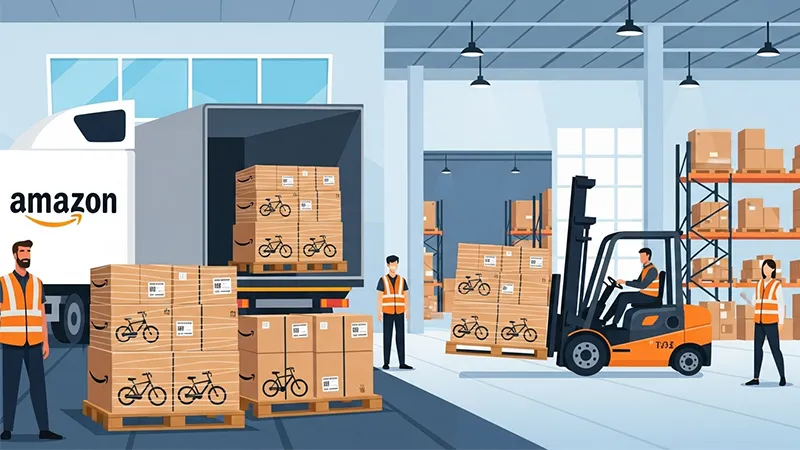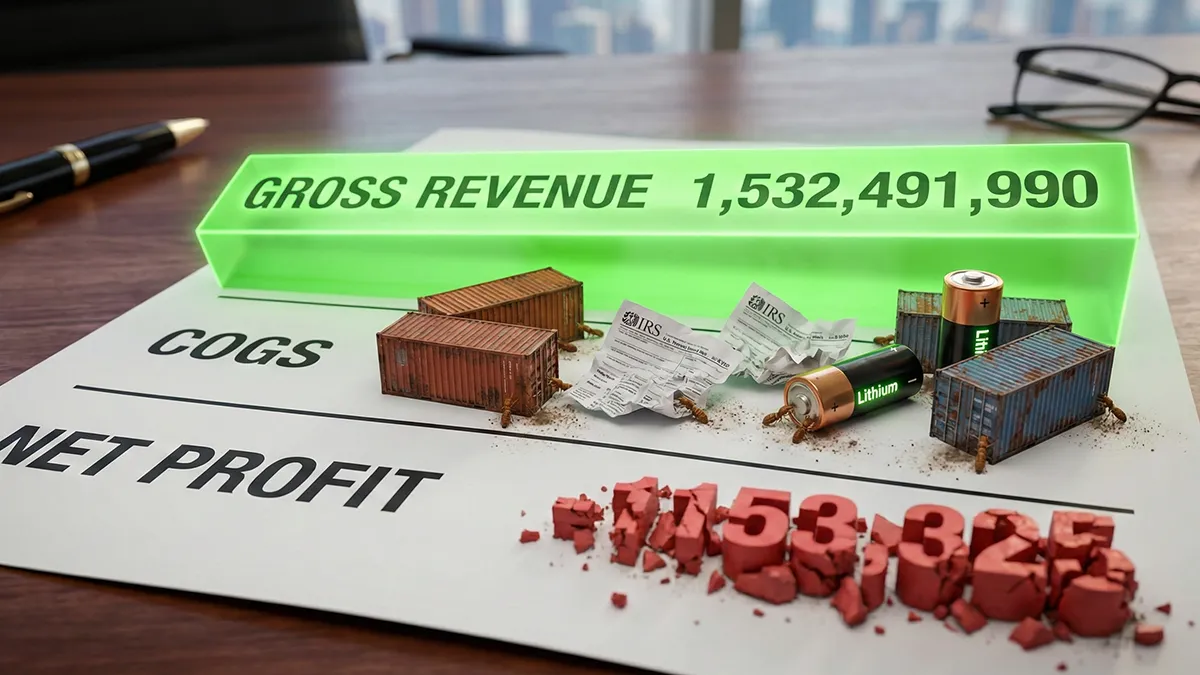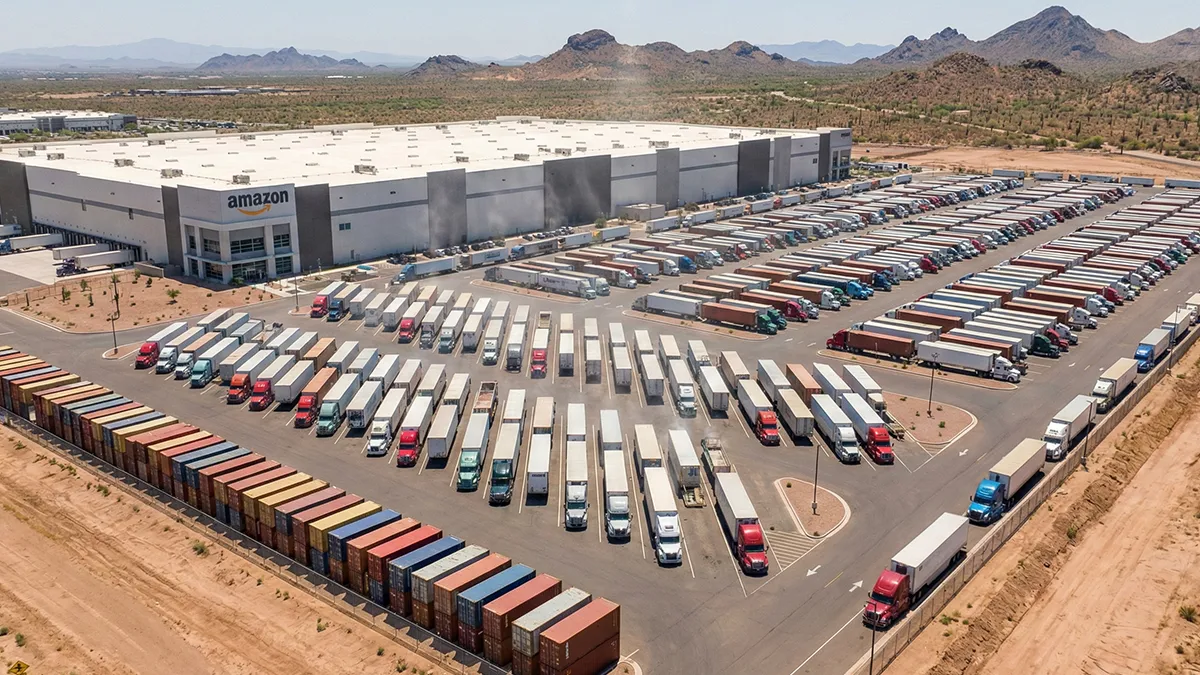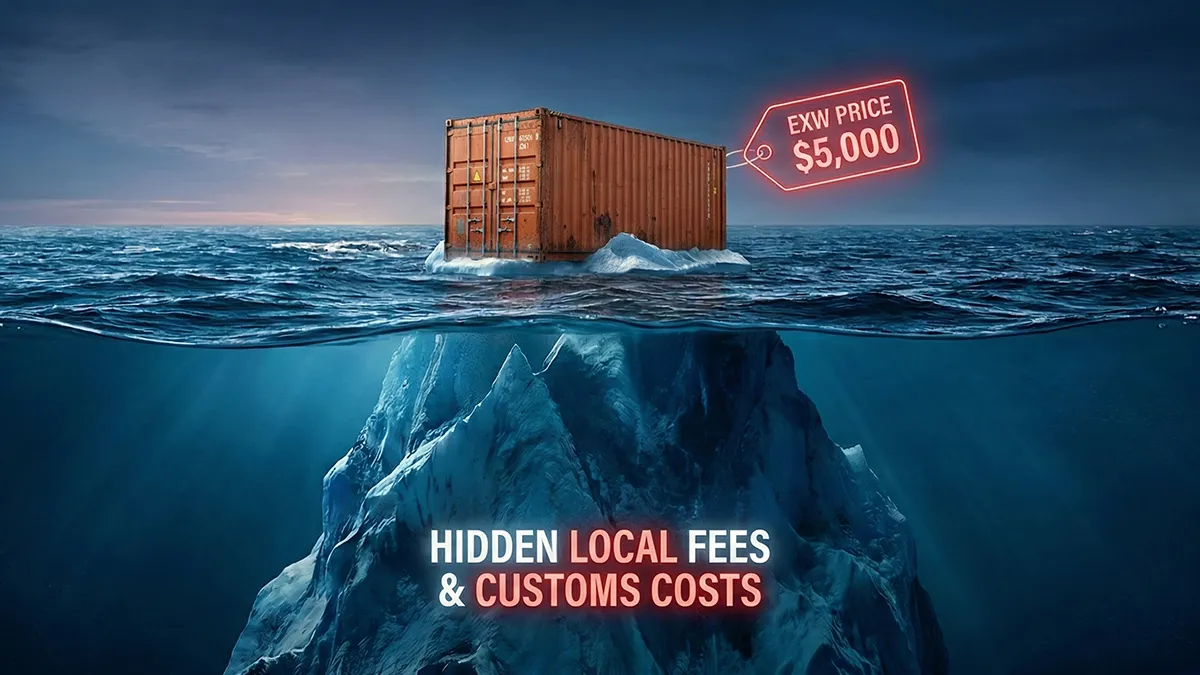Import E-Bikes from China to USA: Complete Guide
China remains the world’s largest exporter of electric bikes, with shipments valued at over $11.5 billion in 2024. For U.S. importers—Amazon FBA sellers, wholesalers, and online retailers—sourcing from China offers unbeatable pricing and access to advanced e-bike technology.
But importing e-bikes isn’t as simple as placing a factory order. From UL certification and Section 301 tariffs to battery shipping compliance and customs clearance, there are many hurdles to cross. Here’s a complete guide designed for U.S. businesses.
Step 1: Find and Vet Reliable Suppliers
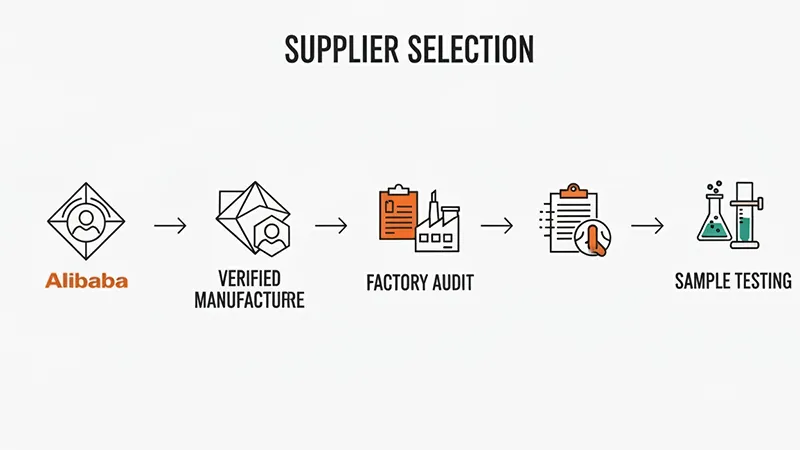
-
B2B Platforms: Use Alibaba, Global Sources, or Made-in-China, but filter for “Verified Manufacturers.”
-
Certifications: For the U.S., focus on UL 2849 certification (covering electrical safety for e-bikes). A supplier with ISO 9001 is also preferable.
-
Samples First: Always test product quality, motor performance, and battery safety before bulk orders.
-
Factory Audits: If possible, request a BSCI or Sedex audit for added credibility.
👉 See also: [How to Find a Manufacturer in China]
Step 2: Negotiate Pricing and Terms
-
Request Full Quotations: Include unit price, packaging, and Incoterms (FOB vs EXW).
-
MOQ Flexibility: Many suppliers start high, but you can negotiate a smaller trial order.
-
Payment Terms: Standard is 30% deposit + 70% before shipment.
Step 3: U.S. Regulations & Compliance
Compliance is non-negotiable when shipping to the U.S.:
-
CPSC Regulations (16 CFR Part 1512): Covers bicycle safety standards.
-
UL 2849 Certification: Required for battery, charger, and motor safety.
-
Battery Documentation: Ensure your supplier provides an MSDS + UN38.3 report.
🔗 U.S. CPSC E-Bike Safety Regulations
🔗 UL 2849 Standard for Micromobility
Step 4: Tariffs and Duties
-
Base Duty: Around 6% for e-bikes.
-
Section 301 Tariffs: Many Chinese e-bikes face an additional 25% tariff.
-
HTS Classification: Correct HS codes can reduce costs—work with a broker to avoid misclassification.
💡 Pro Tip: Some importers lower costs by shipping e-bike components separately and assembling in the U.S.
Step 5: Shipping & Battery Compliance
E-bikes contain lithium-ion batteries (UN 3480/3481), classified as dangerous goods.
-
Sea Freight vs Air Freight: Sea freight is cost-effective, while air freight is heavily restricted and costly.
-
Packaging: Strong cartons with reinforced battery protection; wooden crates must meet ISPM-15 standards.
-
Insurance: Always secure cargo insurance for high-value shipments.
🚀 Our Advantage: Zbao Logistics is an OA Alliance Tier-1 Agent, and we are on the OA battery documentation white list. This means your battery paperwork can be approved in just 1–2 working days, allowing you to book space and ship earlier than competitors.
Step 6: Customs Clearance
Hiring a customs broker in the U.S. is highly recommended:
-
HS Code Accuracy: Avoid penalties from misclassification.
-
Paperwork Compliance: Includes import permits, bills of lading, and certificates of origin.
-
Smooth Entry: Prevent delays caused by incomplete battery documentation.
👉 Our in-house brokerage team specializes in U.S. customs for e-bikes, helping Amazon FBA sellers and importers save time and money.
Step 7: Final Delivery & FBA Prep
-
Inspection on Arrival: Check packaging condition and test a few bikes.
-
FBA Requirements: Ensure labeling, palletization, and packaging meet Amazon’s standards.
-
Last-Mile Delivery: From the port, we can move your shipment directly to Amazon warehouses or your own distribution center.
Key Challenges for U.S. Importers
-
Section 301 Tariffs: Adds significant costs if not planned for.
-
Battery Restrictions: Non-compliant paperwork causes major delays.
-
Shipping Delays: Port congestion and customs issues are common.
-
Damaged Goods: Reinforced packaging + insurance are musts.
Real-World Example
A U.S. Amazon FBA seller sourced 300 e-bikes from Shenzhen. By using Zbao Logistics, their battery documentation was cleared in 2 days via the OA white list, allowing them to book space earlier. The bikes shipped by sea, cleared U.S. customs smoothly, and were delivered directly to Amazon’s LAX fulfillment center within 32 days. The client avoided delays competitors faced and launched sales ahead of schedule.
FAQ: Importing E-Bikes from China to the U.S.
1. Do I need UL certification to import e-bikes into the U.S.?
Yes. UL 2849 certification is the recognized safety standard for e-bikes, covering electrical systems, batteries, and chargers. Without it, your shipment may face compliance issues at customs.
2. How long does battery documentation approval usually take?
Normally, it can take a week or longer. However, with Zbao Logistics, as an OA Alliance Tier-1 Agent on the battery documentation white list, we can secure approvals in just 1–2 working days.
3. Are e-bikes subject to additional tariffs?
Yes. Besides the base 6% duty, many e-bikes from China are subject to a 25% Section 301 tariff. Consulting with a customs broker helps you classify products correctly and explore cost-saving strategies.
4. Can I ship e-bikes by air freight?
It’s possible but highly restricted and very expensive due to lithium battery regulations. Most U.S. importers choose sea freight for cost efficiency and compliance reasons.
5. How do I ship e-bikes directly to Amazon FBA warehouses?
You’ll need to meet Amazon’s packaging, labeling, and palletization requirements. At Zbao Logistics, we handle FBA prep + delivery, so your e-bikes go from port to Amazon’s warehouse without extra hassle.
Final Thoughts
Importing e-bikes from China to the U.S. can be highly profitable—but only if handled with precision. From UL compliance and tariffs to battery shipping and FBA delivery, each step matters.
At Zbao Logistics, we combine 25+ years of experience with our OA Alliance Tier-1 Agent status to give you faster documentation approval, earlier space booking, and seamless end-to-end service.
👉 Contact us today for a free consultation and get your e-bike shipments to the U.S. faster and safer.
